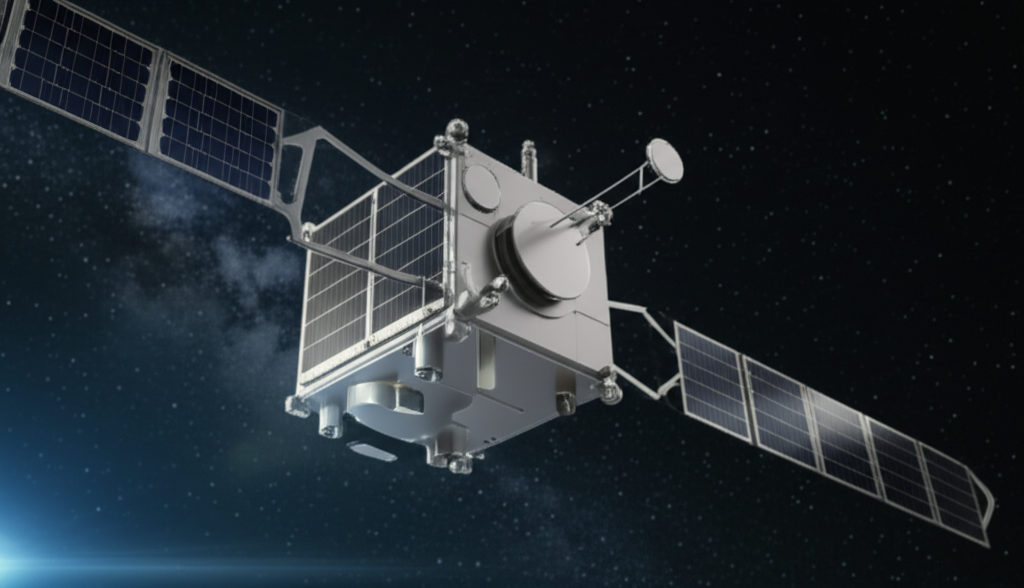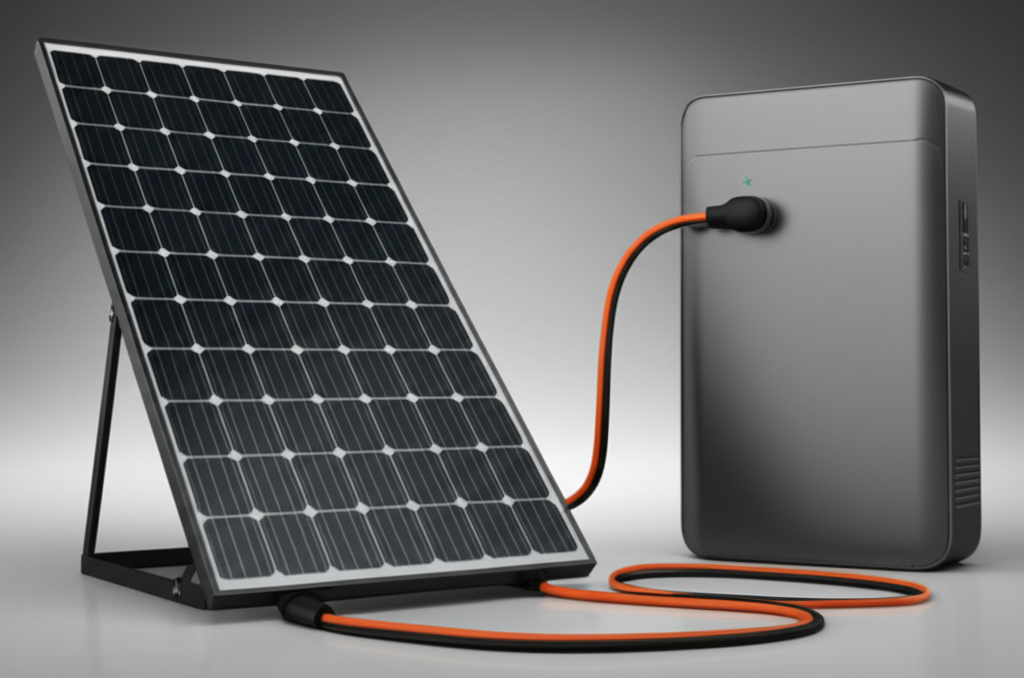
Orbital Mechanics Basics for CubeSats
Delve into the fundamental principles governing satellite motion. This tutorial covers Kepler's Laws of Planetary Motion, different types of orbits (LEO, MEO, GEO, HEO), orbital parameters (altitude, inclination, eccentricity), and the concept of delta-v for orbital maneuvers. Practical examples relevant to CubeSat missions will be discussed.
Watch the Tutorial
Tutorial Content
Kepler's Laws of Planetary Motion
These three laws, formulated by Johannes Kepler, describe the motion of planets around the Sun, and they apply equally to satellites orbiting the Earth.
1. The Law of Ellipses: The orbit of every satellite is an ellipse with the Earth at one of the two foci.
2. The Law of Equal Areas: A line joining a satellite and the Earth sweeps out equal areas during equal intervals of time. This means the satellite moves fastest when it is closest to Earth (perigee) and slowest when it is farthest away (apogee).
3. The Law of Harmonies: The square of the orbital period of a satellite is directly proportional to the cube of the semi-major axis of its orbit.
Common Orbit Types
LEO (Low Earth Orbit)
Altitude: 160 to 2,000 km. Most CubeSats operate here. It's ideal for high-resolution Earth imaging and has lower launch costs.
MEO (Medium Earth Orbit)
Altitude: 2,000 to 35,786 km. Commonly used by navigation satellites like GPS.
GEO (Geostationary Orbit)
Altitude: 35,786 km. The satellite's orbital period matches Earth's rotation, making it appear stationary. Used for telecommunications.
SSO (Sun-Synchronous Orbit)
A special type of LEO that passes over any given point on Earth at the same local solar time. Ideal for Earth observation missions.
Related Tutorials

CubeSat 101: Introduction to Mini Satellites
Learn the basics of CubeSats, their history, standard sizes, and common applications.

Designing Your CubeSat's Power System
A step-by-step guide to selecting solar panels, batteries, and power distribution units.
